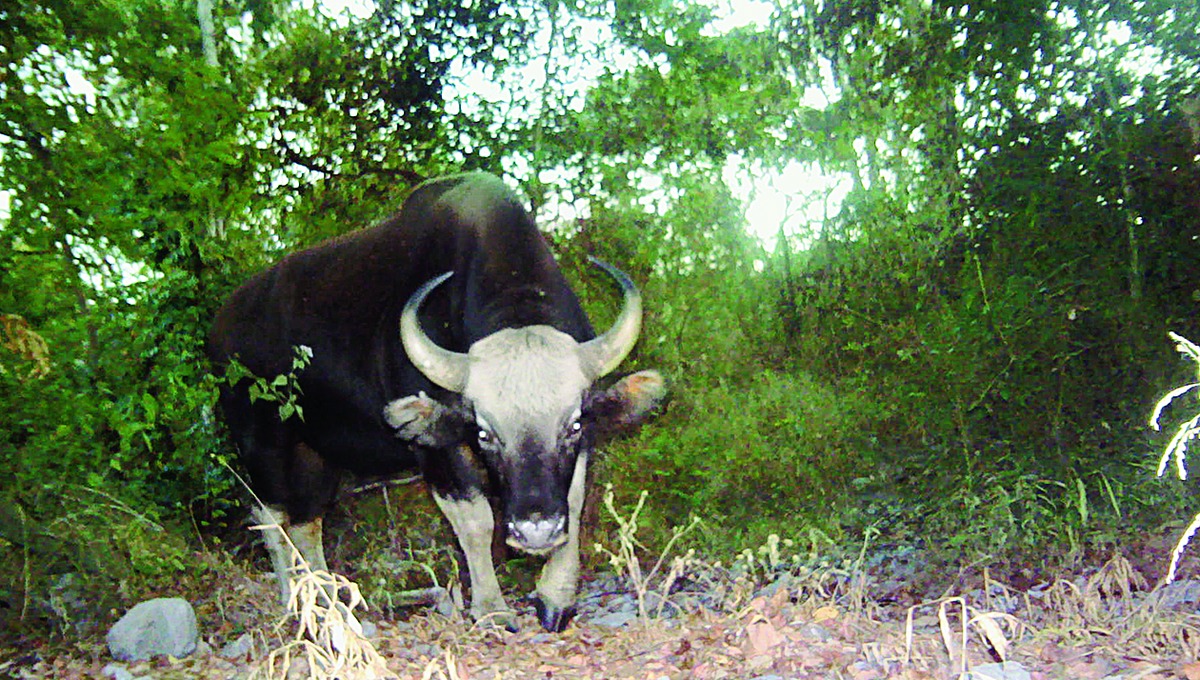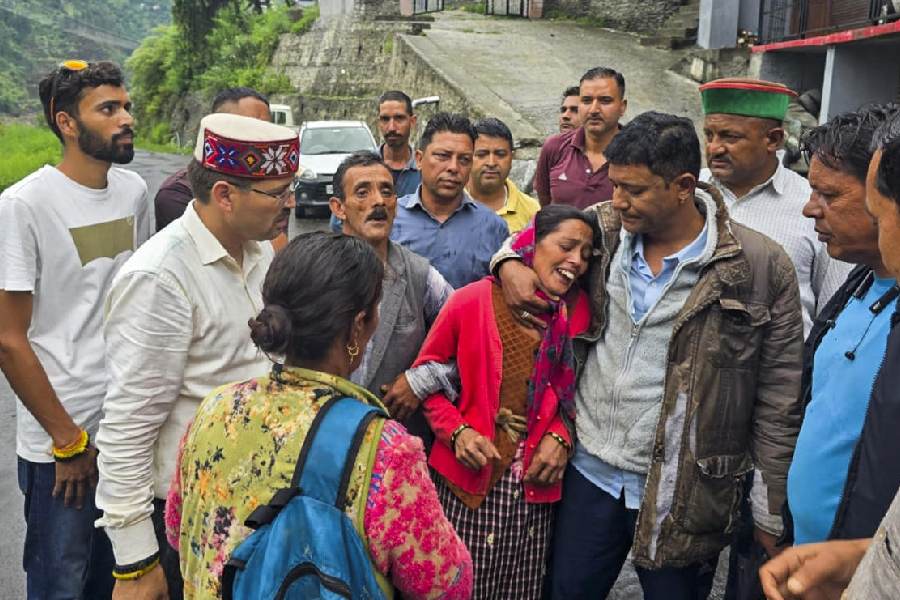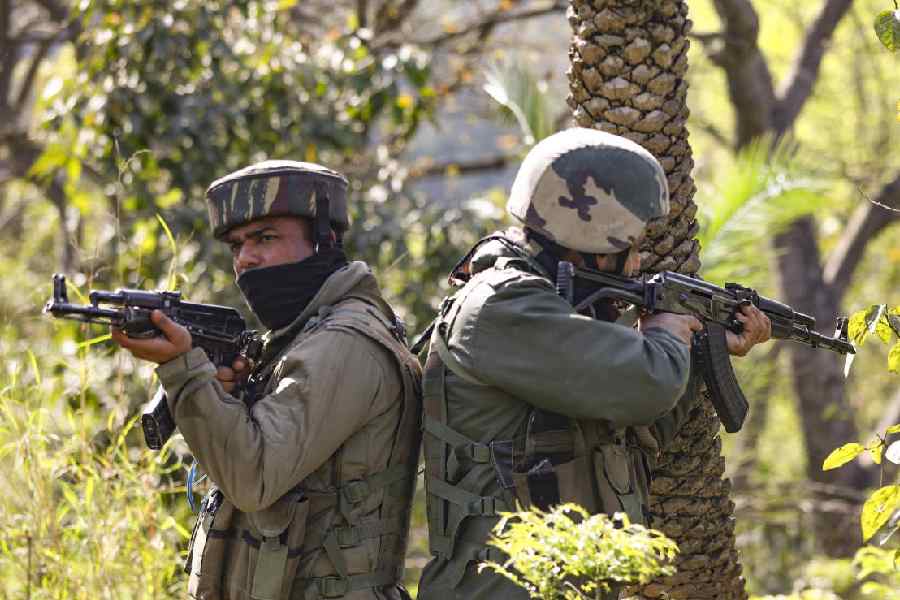
Guwahati: The political conflict in Manas National Park from late 1980s till 2003 had influenced the distribution pattern of several key species, a study by researchers from Assam has found.
The study was published in the current issue of the Journal of Threatened Taxa.
The study says the ethno-political conflict had an impact on the abundance and distribution of species and habitats. "While the mammalian species assemblage in Manas National Park appears to be intact, differences were detected among the photo capture rates of several species between Panbari (a forest range under conflict until 2016) and Bansbari-Bhuyanpara (forest ranges that have been conflict-free since 2003)," Dipankar Lahkar, one of the researchers, said.
Others who contributed to the study are M. Firoz Ahmed, Ramie H. Begum, Sunit Kumar Das, Bibhuti Prasad Lahkar and Abishek Harihar.
Manas had experienced an intense ethno-political conflict from the late 1980s till 2003, which hampered conservation efforts.
The study says the disturbances, however, were more because of armed militants camping deep inside the Panbari range two to three years preceding the survey, rather than ethnic conflict or severe anthropogenic disturbances because of natural resource collection.
"Thus, the disturbances within the park during that period were mostly related to hunting (potentially ungulate species) for food by those camping inside as well as subsequent sanitisation operations by government forces," the study says.
It says only in 2017 surveys could be undertaken simultaneously across all three ranges of Manas - Panbari, Bansbari and Bhuyanpara.
"We obtained 21,926 photographs of mammals belonging to 13 families and 25 species, of which 13 are threatened. We calculated the photographic capture rate index (PCRI) using independent events. Trap specific PCRIs were used to map the variation in capture rates. We observed variation in capture rates between Bansbari-Bhuyanpara, where conflict ended in 2003 and which has remained peaceful since, and Panbari, a forest range where conflict ended in 2016," Lahkar said.
"Our results further indicate lower capture rates of mammalian prey species and small felids, but higher capture rates of four large carnivores in Panbari as opposed to Bansbari-Bhuyanpara," he added.
In general, prey capture rates were higher in Bansbari-Bhuyanpara compared to Panbari. Significant differences were noticed for four mammalian prey species (wild buffalo, gaur, sambar and barking deer). Wild buffalo, gaur and sambar (over 175kg) are large prey species which are all threatened and particularly vulnerable to poaching.
"While it is possible that Panbari acted as a refuge for large carnivores as villagers may have avoided the combat zone, it is also possible that disturbances emanating from the conflict could have depressed large prey population," the study says.











